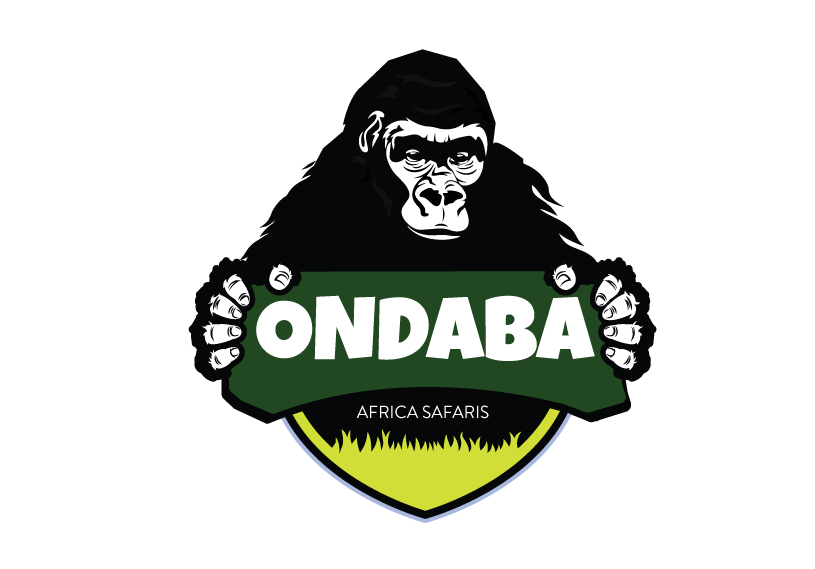Gorilla trekking is one of the most exciting tourist activities enjoyed by primate lovers during Uganda safaris, and offers the once-in-a-lifetime opportunity to meet face-to-face with one of the largest primate species in their natural habitat- the mountainous and heavily-forested regions. In the entire World, mountain gorillas are interestingly only found in three African countries- Rwanda (within Volcanoes National Park), the Democratic Republic of Congo (in Virunga National Park), and Uganda. Our main focus in this article is therefore gorilla trekking in Uganda whereby we shall take you through the two places you can see them in this country, where to stay, the best time to see them and so much more.
Where is gorilla trekking done in Uganda?
Of the three countries offering gorilla trekking, Uganda is the most exceptional because it shelters the highest population of these Giant Apes and also, has two fantastic places where you can achieve your lifetime dream of getting up-close and personal with these extraordinary creatures. Let’s look at these places;
Bwindi Impenetrable National Park
This 331-square-kilometer UNESCO World Heritage Site is popularly known as the “ultimate gorilla trekking destination” and so far ranked the best gorilla trekking location in the World for a number of reasons. First, Bwindi has the highest population of these Giant Apes currently standing at about 458 individuals (according to 2018 Census and this has reportedly increased) and the largest number of habituated gorilla families (presently 20 gorilla families being fully habituated for trekking. Thanks to these numerous habituated gorilla families, a total of over 160 gorilla permits are issued by Uganda Wildlife Authority on a single day and these provide access to the gorilla families in Nkuringo, Buhoma, Ruhija, and Rushaga. Also, Bwindi is the only place you can enjoy the Gorilla Habituation Experience, an activity where you get to spend up to 4 hours with a semi-habituated gorilla family.
Mgahinga Gorilla National Park
Mgahinga Gorilla National Park is known for being the smallest National Park in Uganda with a size of 34 square kilometers only but this doesn’t make it any less spectacular. It has one habituated gorilla family known as “Nyakagyezi” and only 8 permits are issued for this Park each day. This is the only place in the country where you can trek mountain gorillas as well as the iconic endangered golden monkeys. Mgahinga Gorilla National Park is also part of home to three of the eight Virunga Volcanoes (Gahinga, Muhabura, and Sabyinyo) which can also be climbed during your safari.
What is the perfect month to go gorilla trekking in Uganda?
Gorilla trekking permits for Uganda are sold all-year round and for this reason, you are free to enjoy your Gorilla safari throughout the year. The heavy rains experienced in the months of March, April, May, October, and November make travelers to avoid them because trails become more muddy and slippery, in addition to vegetation being denser. The advantage, however with this reason is that treks are shorter since the mountain gorillas now have plenty of food and won’t require to move further and deeper into the jungle.
Reduced rainfall levels in January, February, June, July, August, September and December means hiking trails are drier, less muddy, or slippery. This is possibly one of the reasons why travelers prefer these months to achieve their dream of trekking and meeting face-to-face with the Giant Apes in their natural habitat. However, the weather of Bwindi and Mgahinga is sometimes unpredictable thus rains can be experienced when least expected and because of this, it is advisable to be prepared at all times.
Uganda Gorilla Trekking guidelines
Making noise should be avoided while trekking or watching mountain gorillas as you are likely to scare away other creatures in the Park or even the Giant Apes into hiding into aggressiveness.
Flash cameras should be avoided during mountain gorilla photography as the flash startles these Giant Apes and therefore you risk ending your encounter prematurely.
Before you venture into the jungles to trek mountain gorillas, ensure that your hands are properly washed with clean water and soap. A face mask is required for gorilla trekking (at the time of writing).
You should be of good health (free from flue and cough) before trekking the mountain gorillas because they are susceptible to communicable diseases, which also include COVID-19, measles and Tuberculosis. If you suspect to have gotten these diseases, you can postpone your trip to a later date when you are able to.
A safe viewing distance of 7 meters should be maintained from the mountain gorillas while observing, learning and photographing them.
You will be offered only one hour to view them and you must abide by this this. However, there have been cases when gorilla encounters have been cut short, especially after a silverback charging.
Trekkers shouldn’t avoid drinking, eating, and smoking while in the presence of mountain gorillas.
15 years is the legal minimum gorilla trekking age and there is no maximum age limit because even 85-year-olds have trekked these beautiful creatures in their natural habitats. The most important thing is being physically fit.
What do I pack for gorilla trekking in Uganda?
Gorilla trekking generally takes place in mountainous and heavily-forested regions and because of this, you shouldn’t forget to pack sturdy hiking boots with ankle support, gaiters, comfortable and lightweight safari pants, a safari hat, a poncho/or rain jacket, gardening gloves, sunglasses, an insect repellant, a reusable water bottle, a waterproof backpack, a camera with extra batteries and memory space or a smart phone (with a nice camera), energy-giving snacks, long-sleeved shirts, toiletries (hair comb, toothbrush, hand and body lotion, hand sanitizer, toothpaste and others(, pair/s of binoculars, your travel documents (visa if required, a passport, an e-ticket and travel itinerary), first aid kit, to mention but a few.
